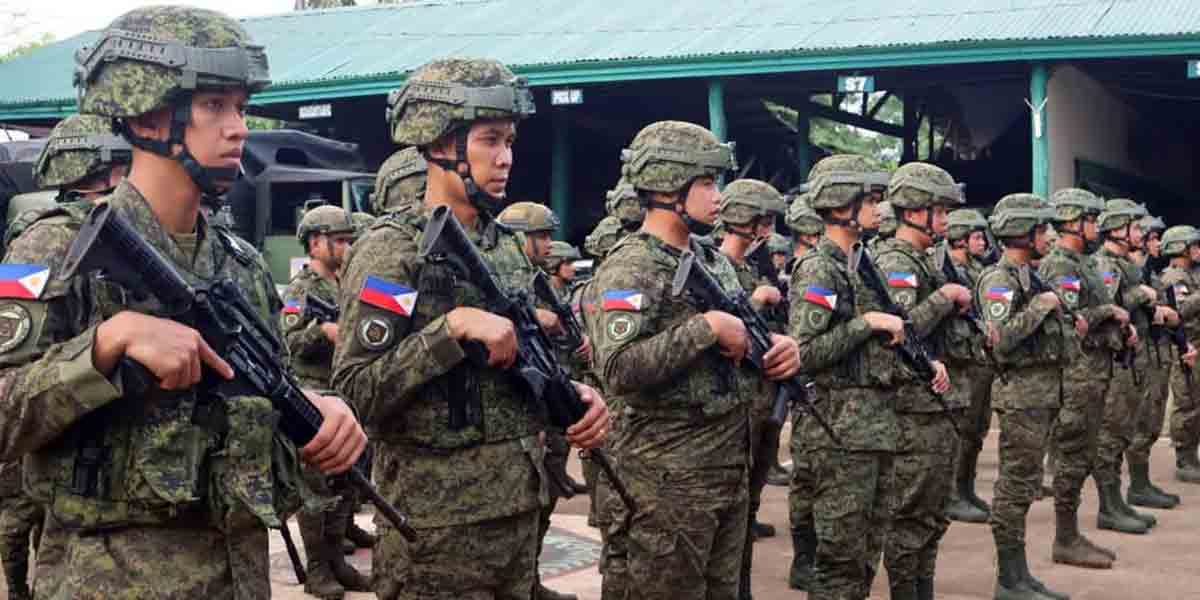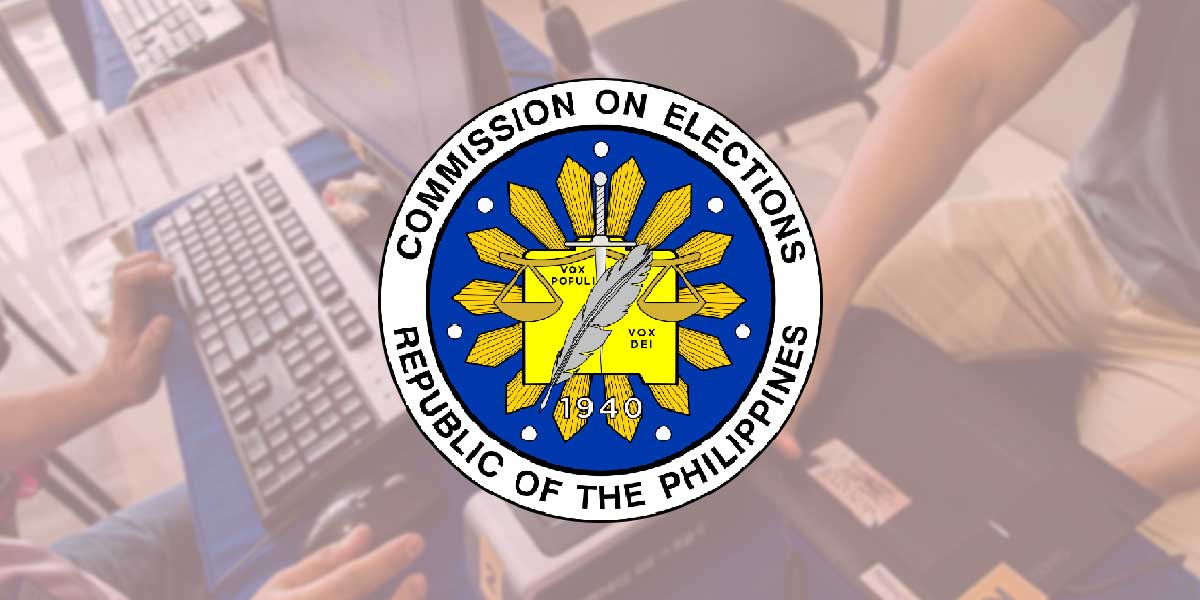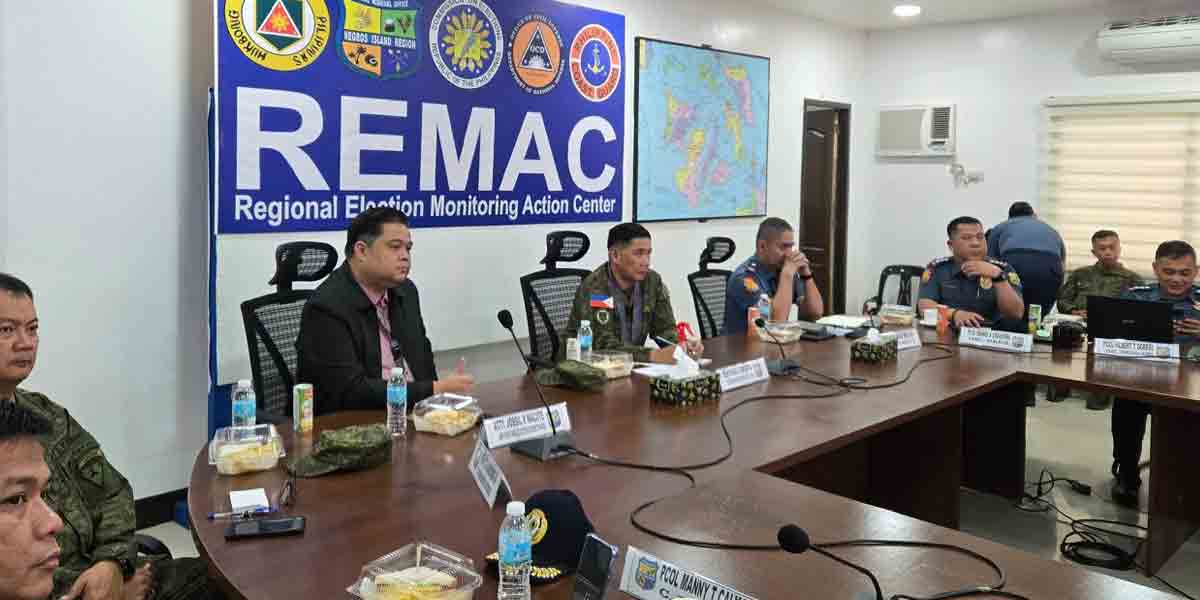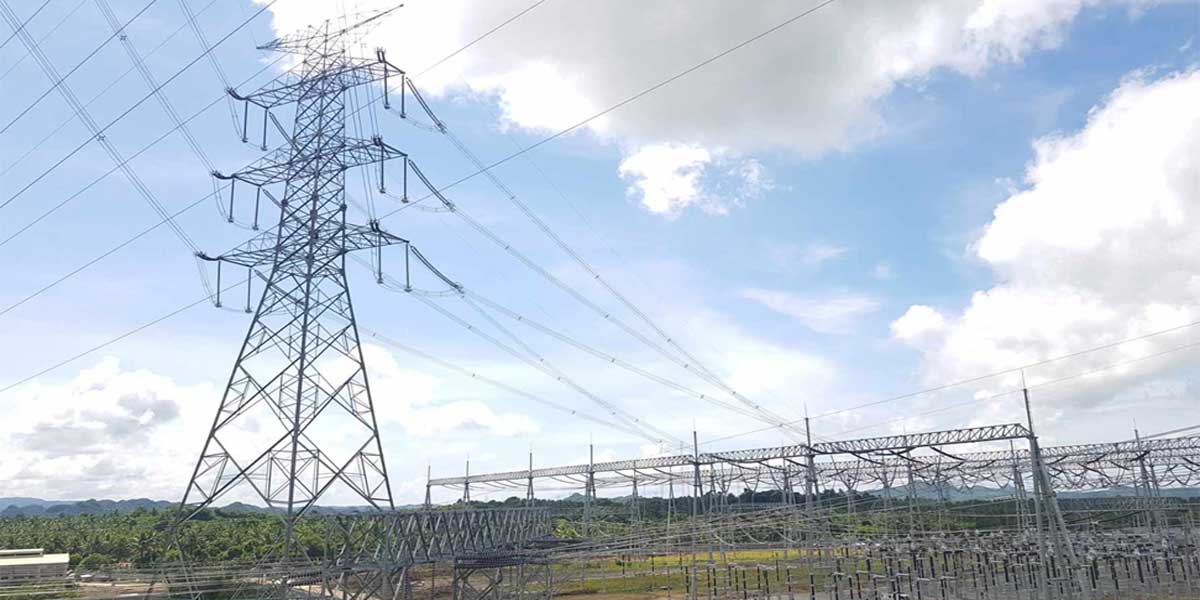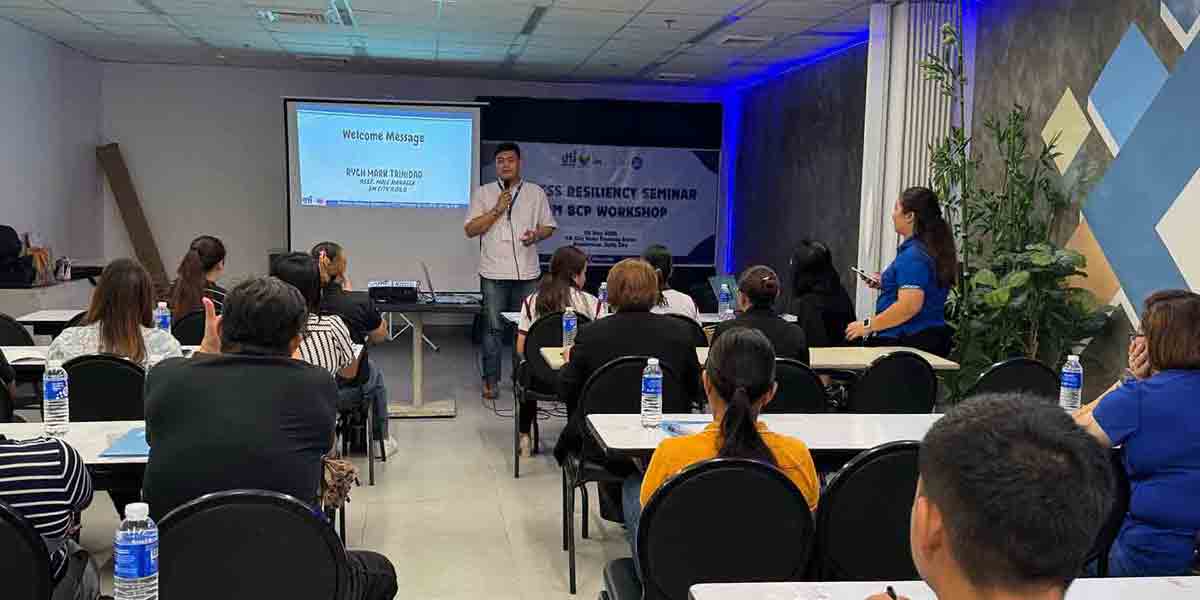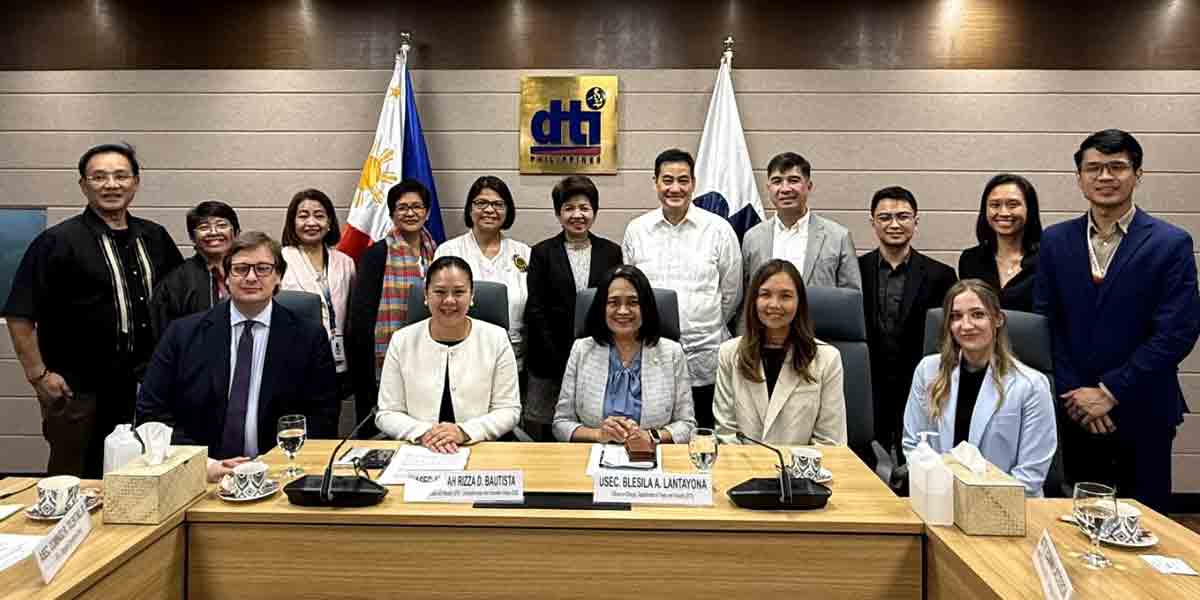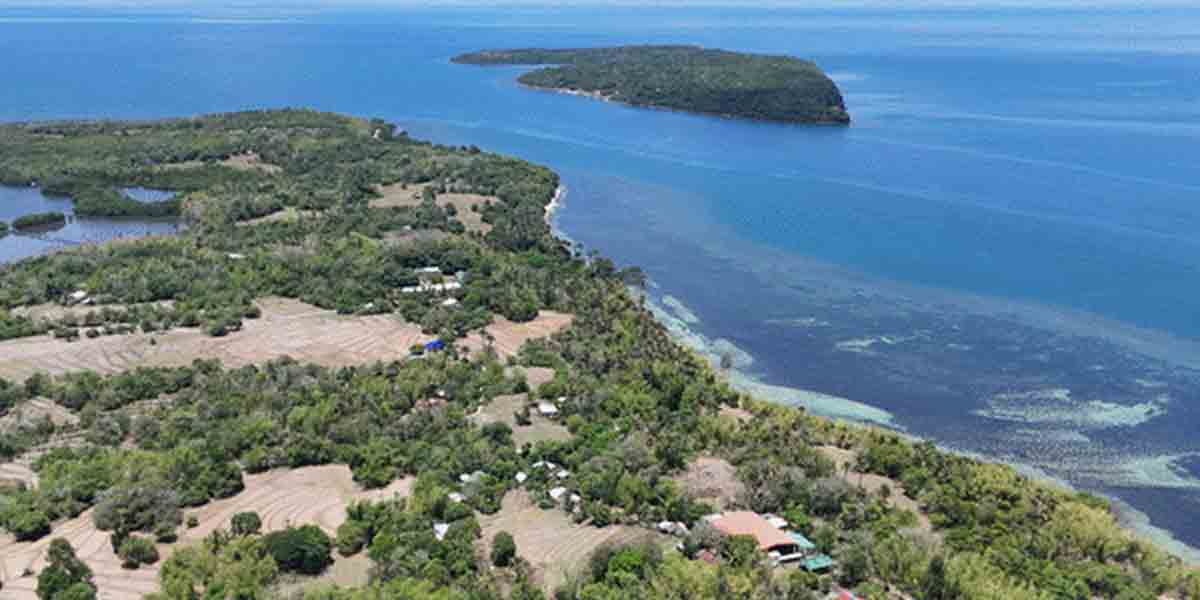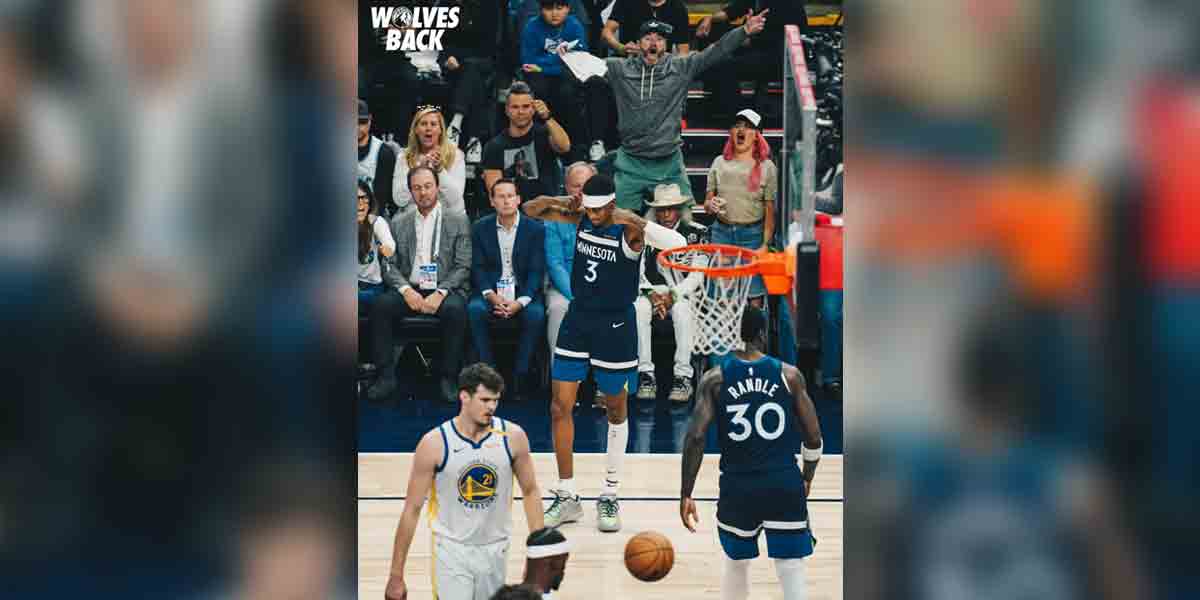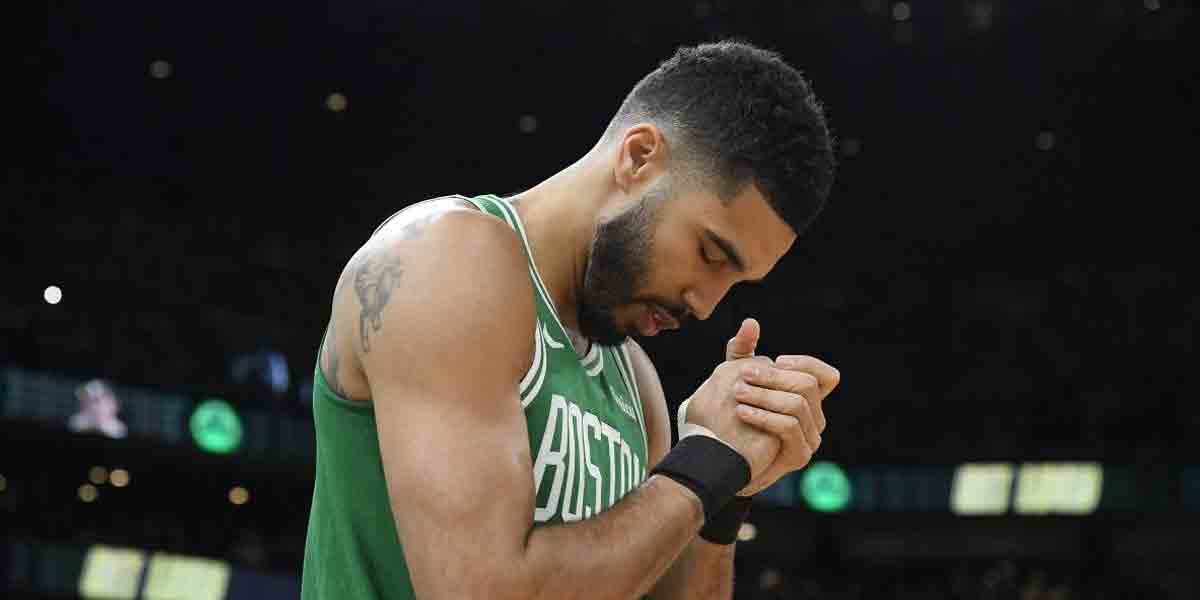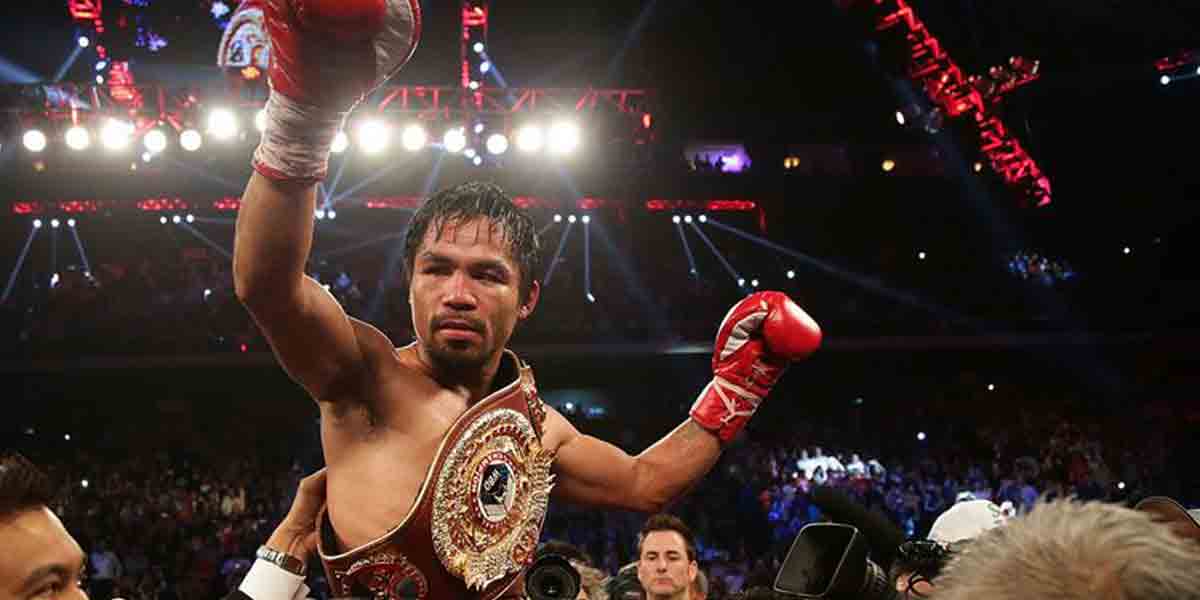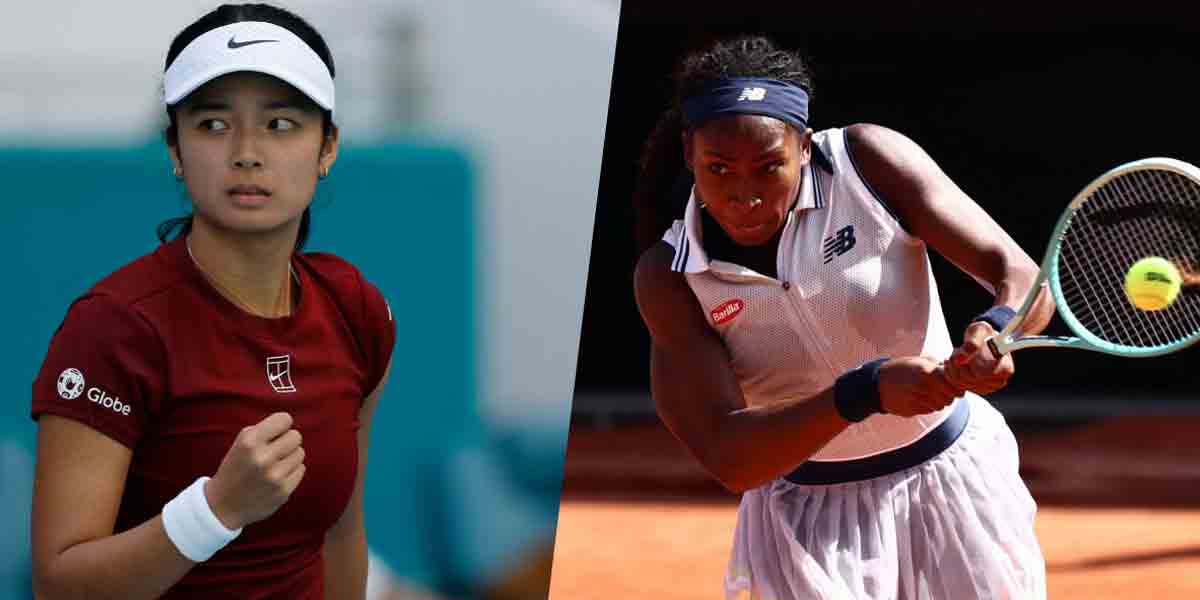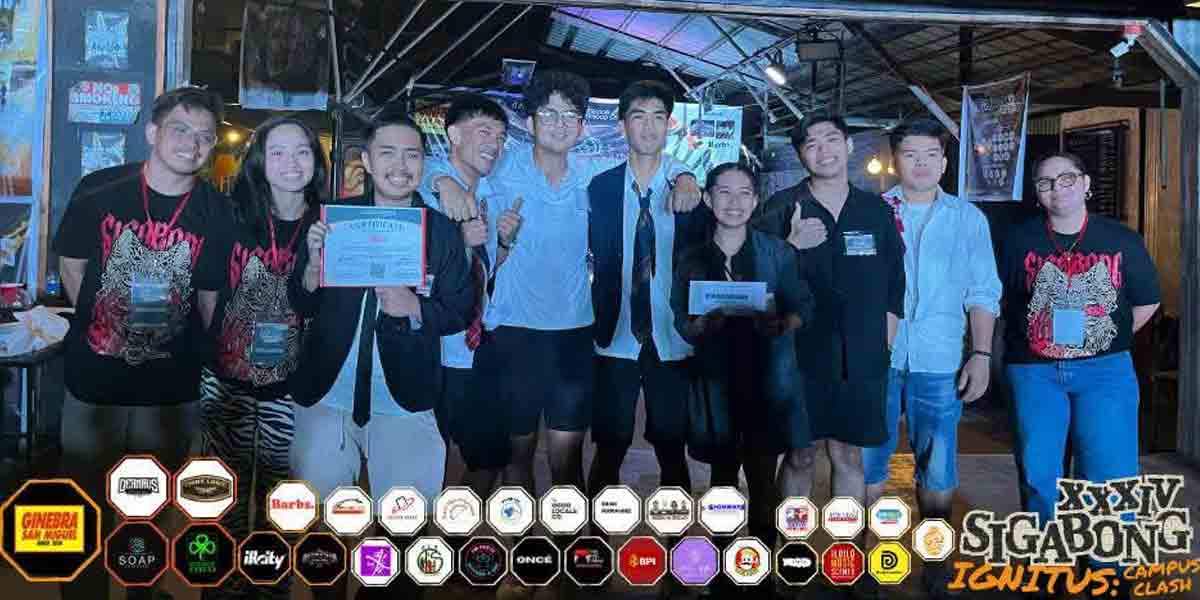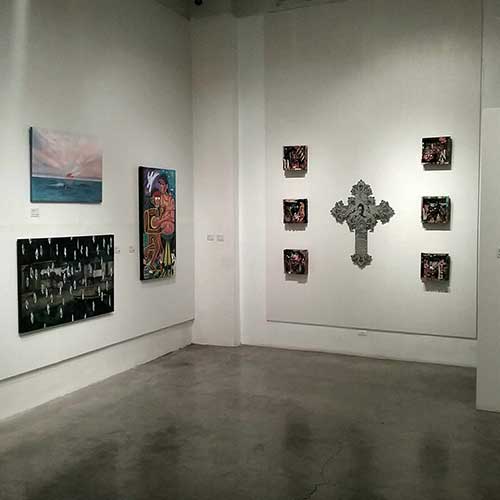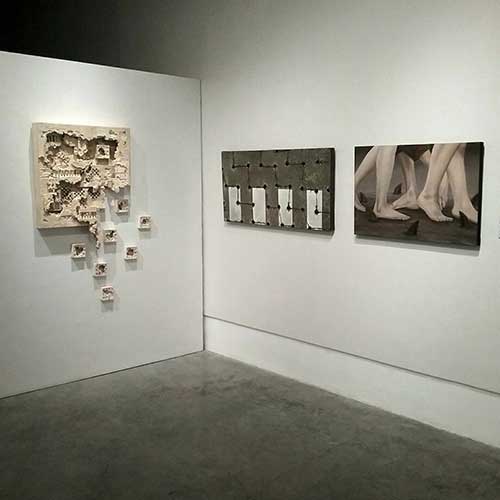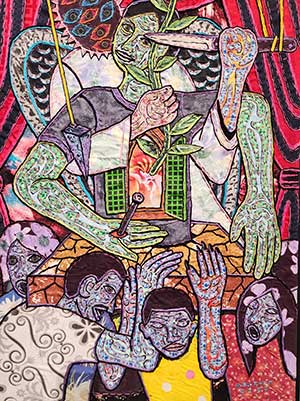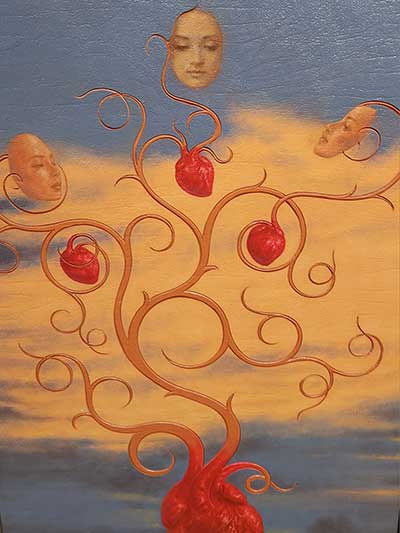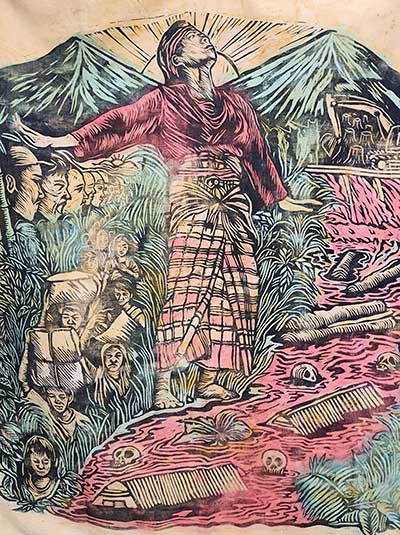By John Anthony S. Estolloso
LAST JULY 5, Iloilo Museum of Contemporary Art raised the curtains of Hulot Gallery to showcase an eclectic collection of artworks, the result of a coming together of two galleries: Puluy-an Art Gallery from Oton, Iloilo and Eskinita Art Farm from Batangas.
Established by Ilonggo artist Melvin Guirhem and his wife, Recheal Olivares Guirhem, Puluy-an Art Gallery is an artist-run hub, showcasing works by local painters and artistes. Since its opening in 2022, it has become a hive where creator and viewer meet in common appreciation of the Ilonggo aesthetic, in all its various forms and projections. Running along similar lines, Eskinita Art Farm parallels this premise with gallery owner Alfredo Esquillo’s advocacy of providing an alternative art platform where the artist is continually involved in the growth and evolution of local (contemporary) art.
Not for the first time did this artistic exchange – aptly named ‘Bayluhanay’ – link regional artists in an aesthetic repartee through various art forms. For this year, ‘Katawhan’ bridges this divide.
Essentially, the exhibit explores the age-old idea of art as a mirror to the human condition. In the canvases once more are reiterated the enduring queries of what it means to be human and what defines that humanity. But beyond meaning and definition, the exhibit likewise highlights the visual corporeality seen in the artwork: the idea of katawhan (humanity, in Hiligaynon) and its relation to katawan (body, in Tagalog), as observed by art writer Janine Dimaranan.
Throughout the collection, the media used transcend their essence as objects and transform into refractors of the body and the self: though the artists’ interpretations vary, they nonetheless explain – or attempt to explain – their understanding of their world, even as the audience tries to participate by bringing with them as well their personal experiences and in looking at the imagery, try to find shared encounters that bring out what are essentially human and humane in the artworks.
In her wall-text for the exhibit, Dimaranan reinforces the idea of the corpus ‘as the only vessel from which being is possible’, thus becoming the base from which we relate to the world. Seen through the artworks, these relational connections dive into the sundry contexts of the artists: while the gallery becomes a sanctuary for the contemplation of the artistic self, it also operates as a shared space where regional zeitgeist meet, acknowledge, and respect aesthetic differences and similarities.
This corporeality is projected in the variations of the human figure, as seen on the canvases of Job Hablo, Khervin John Gallandez, John Paul Castillo, Khyle Columna, Pamela Maceda, Jecko Magallon, Jack de Castro, Bry Barrios, Kevin Vila, and Brando Banga. Situated in various poses, the immobile bodies exude personalities: entities becoming identities, albeit the absence of names.
Complementing this imagery of the self is the fragmentation and distortion of identities, as faces are twisted and contorted in the artworks of Jan Michael Tauro, Edmar Colmo, Rai Cruz, Melvin Guirhem, and Kim dela Cruz. If one is to question what is human in the disfigurement of the human face, then perhaps the audience is called to contemplate the brokenness of our natures.
Similarly, the symbolic-archetypal projection of selfhood as seen in the works of Anthony Victoria, Kyle Francis Dile, Renwil Portodo, Ioannis Sicuya, Rick Sapio, Genavee Lazaro, and Alfredo Esquillo echoes the same sentiment and comes full circle to the title of the exhibit, endowing it with a gravitas that aspires to the philosophical and the psychoanalytic.
* * * * *
In retrospect, the same quintessential questions about our humanity surface from the collection: What truly makes us human? What magnifies or diminishes our humanity? How do the flawedness and frailty of our beings define our humanity? How do our Selves relate to the Other? How do our communities contribute to our sense of self?
In the journeying through the ‘semantic web’ of visual articulation in the canvases, lines from Shakespeare, as spoken through Hamlet’s existential monologue come to mind – the magnificence and fallibility of humanity encapsulated in verse:
“What a piece of work is a man! how noble in reason!
how infinite in faculty! in form and moving how
express and admirable! in action how like an angel!
in apprehension how like a god! the beauty of the
world! the paragon of animals! And yet, to me,
what is this quintessence of dust?”
[The writer is the subject area coordinator for Social Studies in one of the private schools of the city. Photos of the artworks are from Secret Art Shop and are used with permission.]

